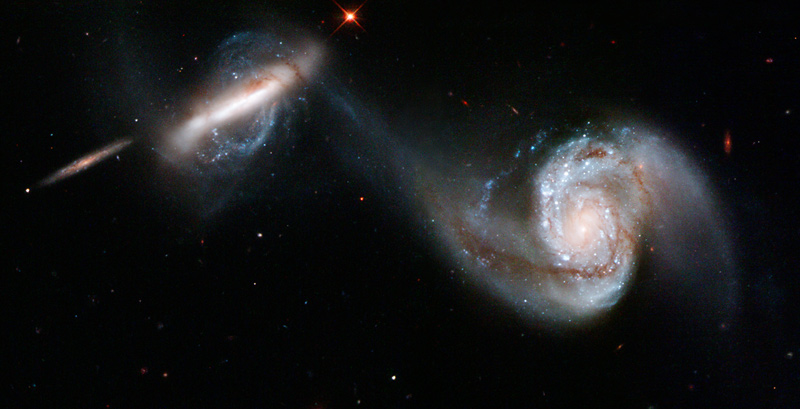- dust obscured galaxies and AGN -- see my recent review on mid-IR studies of AGN
- mid-IR spectroscopy
- radio AGN and their hosts
- SED modelling and decomposition
- Machine learning methods for galaxy parameter estimation
- Modelling IR populations
- Role of environment in driving galaxy and BH evolution
How did galaxies and their central black holes co-evolve from the Big Bang to the present? Despite much progress through large scale galaxy surveys as well as ever more sophisticated numerical simulations, we are still hampered by the fact that much of the star-formation activity and black hole growth are buried in thick cocoons of dust and gas. Observations suggest that much of this activity took place in the past, before the Universe was half its present age, and likely involved mergers of nearly equal sized galaxies. As the merger progresses, gas and dust are more and more concentrated, triggering prodigious star-formation and gradually increasing accretion onto the central black hole (Active Galactic Nuclei or AGN). The process is short lived as supernovae- or AGN-driven winds disperse the intervening gas and dust halting further star-formation and black hole growth. Indications that starbursts and AGN may regulate each other as above can be seen in the local correlation between the mass of a central black hole and the stellar mass of its host galaxy. The same galaxy observed at different stages of this process can appear very different. Therefore observations of different types of galaxies at different epochs and in different wavelength regimes are crucial to build a more complete understanding of the whole process. More details on specific research projects are given under the "Research" tab above.
